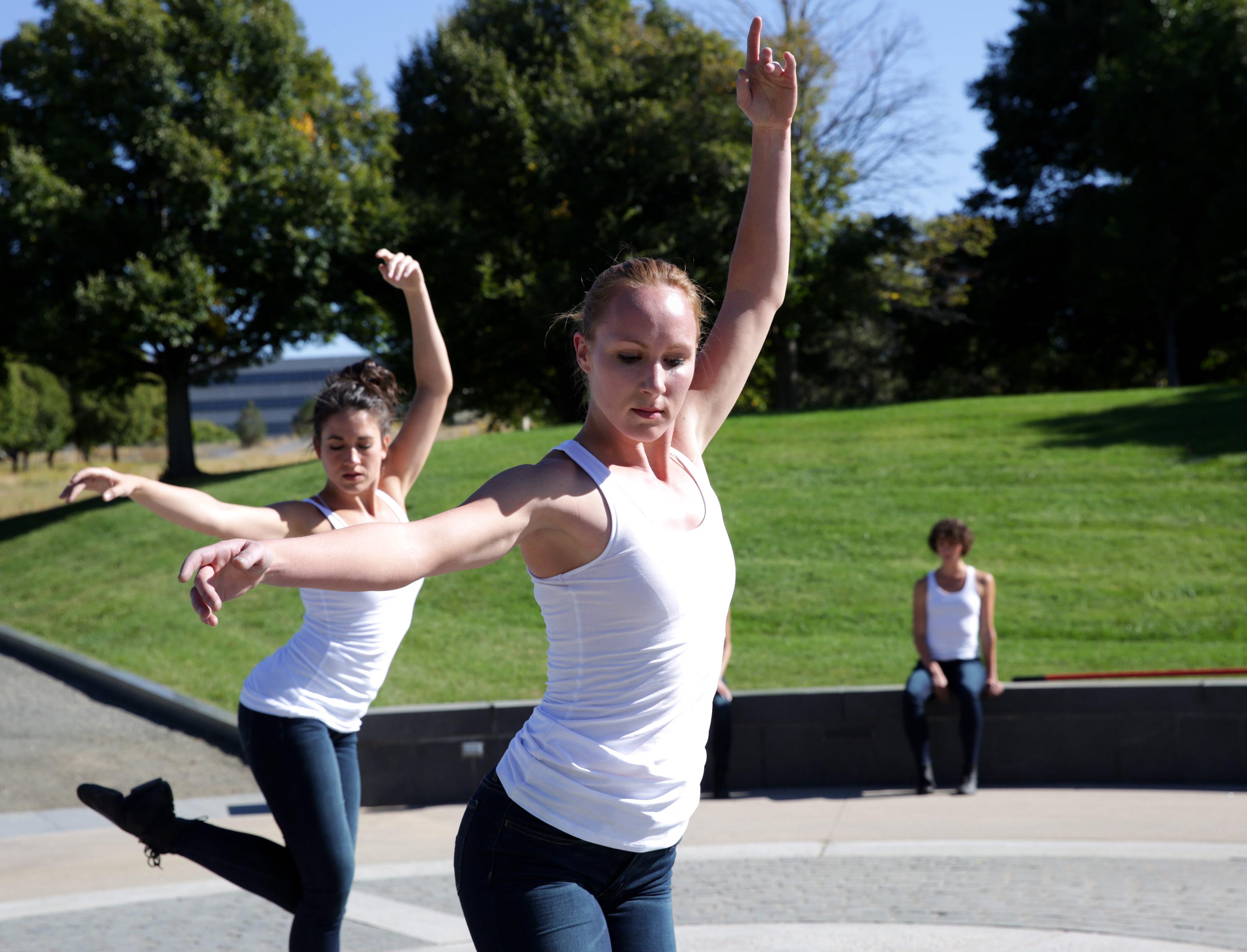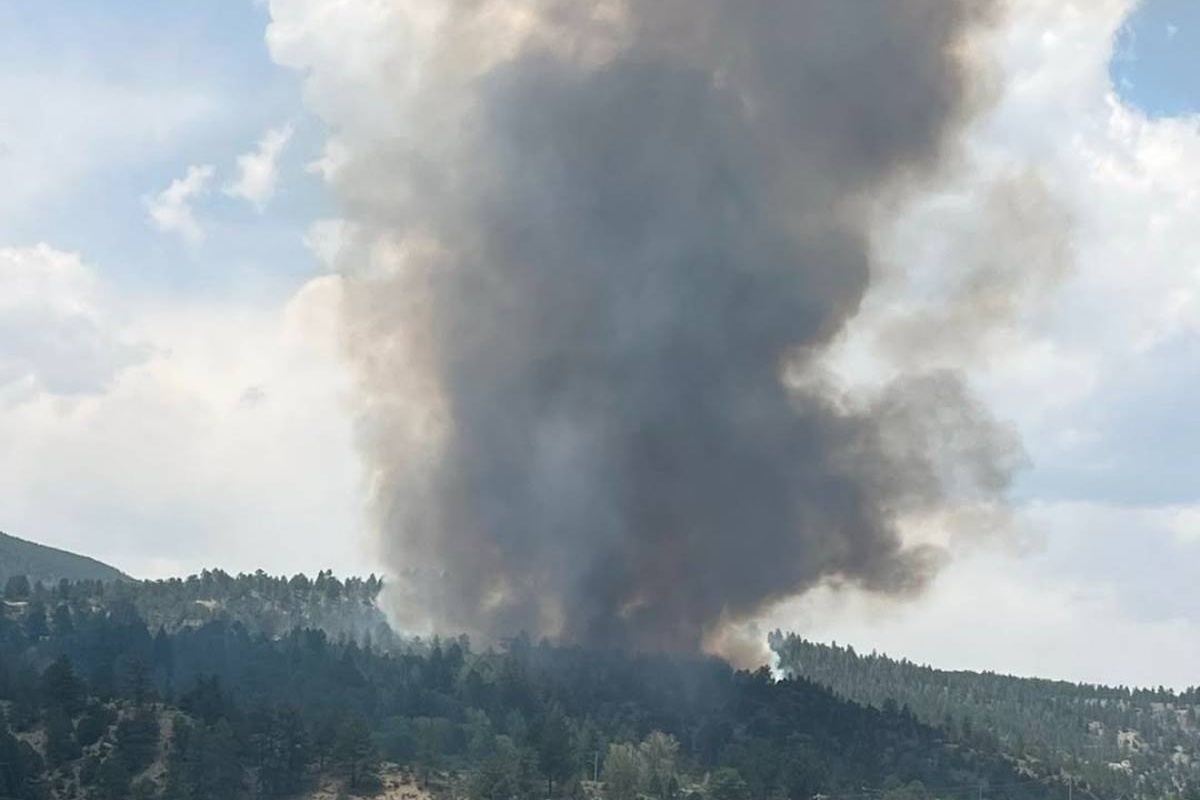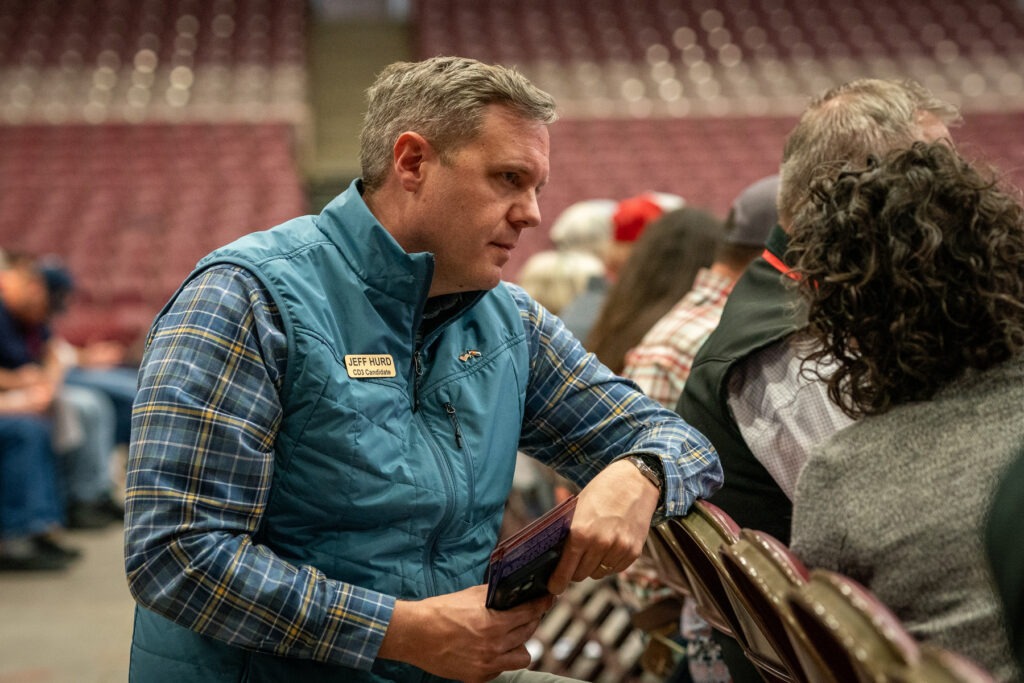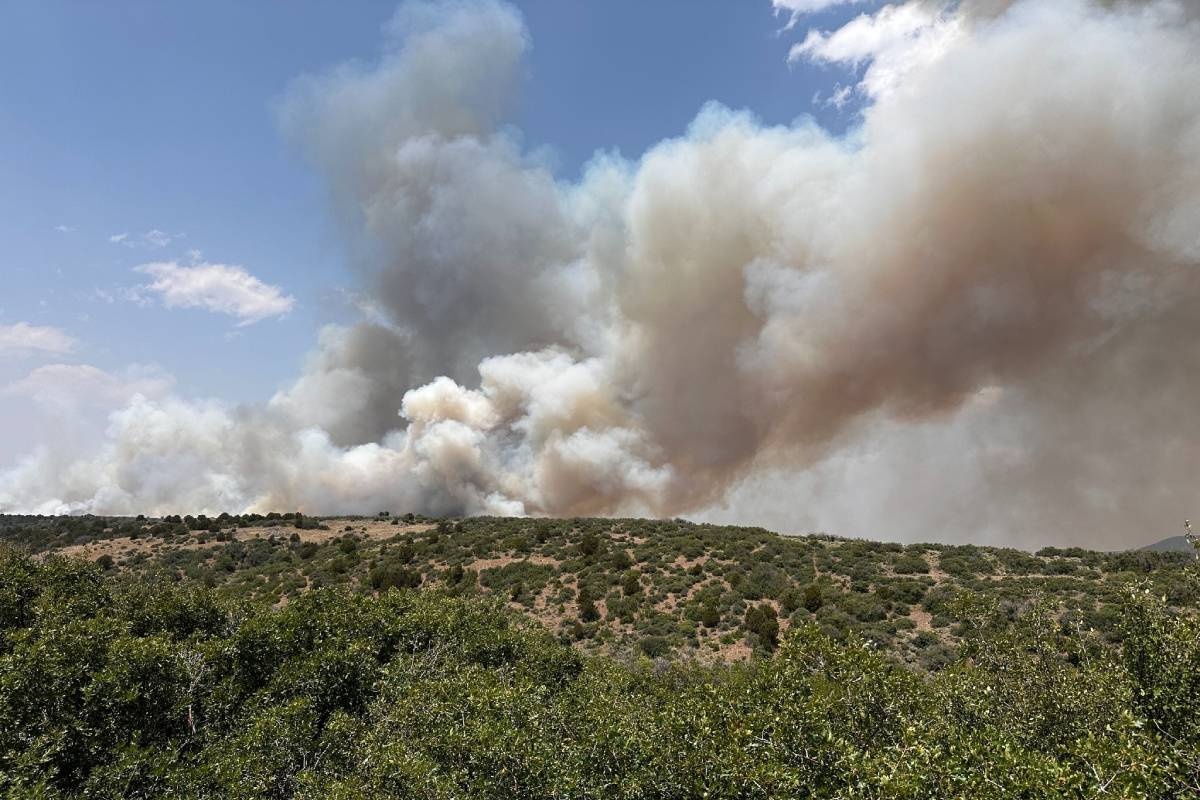
You know the big blue bear that peers into the Colorado Convention Center? The newest piece of public art commissioned by the City of Denver is nothing like that.
On Sunday, you'll see why: It's a dance called “White Mirror” and will take place only once, at 6:30 p.m. in Babi Yar Park in southeast Denver.
The title is a nod to ideas of hope and reflection and the performance explores the Holocaust.
“It’s a very intense, emotional energy,” choreographer Robert Sher-Machherndl said. “And I’m really pleased to bring dance out of the theater, to not have the walls or be constricted.”
Founded as a Holocaust memorial in 1971, the park was expanded 11 years later. An aerial view shows the Star of David formed by paths that take you through trees, over bridges and to other monuments.
“It’s a beautiful park that most people aren’t really aware of, and we really wanted to showcase it,” Denver public art administrator Rudi Cerri said.
The name Babi Yar refers to a ravine in Ukraine where more than 33,000 Jews were killed during one week in 1941. The park honors those who died during this massacre and the ones that followed.
“It’s a very quiet, contemplative space, and I think we wanted a piece of artwork that reflected that,” Cerri, who oversees public art projects commissioned by the city, said.
 Dancer Scarlett Wynne rehearses her role for "White Mirror" in Babi Yar Park on Sept. 25, 2015 .
Dancer Scarlett Wynne rehearses her role for "White Mirror" in Babi Yar Park on Sept. 25, 2015 .The city renovated part of Babi Yar Park in 2006, and money from that effort went to fund “White Mirror.” That’s how Denver’s public art program works. When the city completes a capital improvement project that’s more than $1 million, 1 percent of the construction budget goes toward art for the site.
The cost of projects ranges from around $10,000 to more than $1 million, Cerri said. The budget for this public artwork was $15,000.
“It isn’t a lot of money,” Cerri said. “A physical piece wasn’t quite right because we didn’t have the budget to do it and the park is so well curated that for us to put another element into the park didn’t make any sense.”

This is the third time Denver has commissioned a performance piece instead of permanent visual art. In 2012, Morton Waller composed “Virga Sound Performance.” The musical event took place on the Delgany Pedestrian Bridge over Cherry Creek, which hoists Patrick Marold’s “Virga” public art sculpture.
In 2011, the city commissioned "Playing Apart" by John Rubin and Lee Walton. The performance featured 90 members of the Bear Creek High School marching band following individual routes throughout downtown Denver. The musicians played Twisted Sister’s “We’re Not Gonna Take It” together, but they did so while scattering throughout the city.
While there are more performances happening in public spaces across the country, it’s still rare for cities to commission them, Minnesota's Public Art St. Paul executive director Colleen Sheehy said.
But Sheehy expects that to change as more cities emphasize “creative placemaking,” a strategy that aims to get people excited about where they live.
“The event-based work where people are having interactions can be so important to activate a space and to get people to discover a space or even to look at their city in a new way,” she said.
At Babi Yar Park in Denver, even the physical space plays a role. Kimberly Chmielewski’s dance shoes took a beating during dress rehearsal on the stone and concrete surface.
But dancing on the rough, uneven ground also makes her move with a rawness and a tension that suits this performance, Chmielewski said.
“Your foot kind of gets stuck in weird ways and you have to maneuver around the different curvatures,” she said. “It just brought a new element and a new level of humanity and realness to what we were doing.”
 Dancers rehearse "White Mirror in Babi Yar Park on Sept. 25, 2015.
Dancers rehearse "White Mirror in Babi Yar Park on Sept. 25, 2015.“White Mirror” marks the second time choreographer Robert Sher-Machherndl has explored the Holocaust through dance. He’s the artistic director of the Lemon Sponge Cake dance company in Boulder.
Sher-Machherndl’s proposal for “White Mirror” beat out eight other submissions the city received. And he said he hopes the public performance inspires people to consider how these past tragedies still resonate today.
“Obviously we can’t go back in time and fix it, but we have to always remember,” Sher-Machherndl said. “We should also not forget what’s happening now, like the refugee crisis in Europe and Syria. It’s just to remind people it’s not over yet.”
The dance may only happen once, but a documentary will capture the story of how the performance came about. The film will also allow this piece of public art to live on into the future, organizers say.









